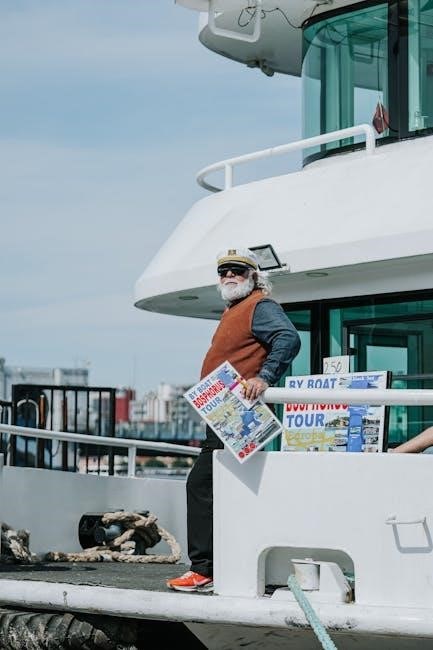Maui, a tropical paradise, offers stunning landscapes, rich culture, and warm locals. Known for its Aloha spirit, the island balances modern amenities with traditional values. Visitors are encouraged to respect local customs, support family-owned businesses, and explore responsibly. Maui’s unique charm lies in its vibrant communities and breathtaking natural beauty, making it a truly unforgettable destination.
Overview of Maui
Maui, often called the “Valley Isle,” is the second-largest island in Hawaii and a haven for travelers seeking adventure, relaxation, and cultural enrichment. Known for its stunning natural beauty, Maui boasts diverse landscapes, from the towering Haleakalā volcano to the lush rainforests of the Road to Hāna. The island’s warm, tropical climate attracts visitors year-round, with temperatures ranging from the 70s to the 80s Fahrenheit.
Maui’s culture is a vibrant blend of Native Hawaiian traditions, modern influences, and a thriving arts scene. Locals take pride in their heritage, and visitors can experience this through traditional music, dance, and cuisine. The island is also home to a variety of wildlife, including sea turtles, whales, and tropical fish, making it a paradise for nature lovers.
Respect for the land and its people is deeply ingrained in Maui’s culture. Locals emphasize the importance of malama ‘āina (caring for the land) and treating the island’s delicate ecosystems with care. Visitors are encouraged to adopt a mindset of respect and sustainability during their stay.
Whether you’re exploring the historic town of Lahaina, snorkeling in Molokini Crater, or watching the sunrise from Haleakalā National Park, Maui offers countless opportunities to connect with its unique spirit. The island’s warm hospitality and breathtaking beauty make it a destination that leaves a lasting impression on every visitor.
What Makes Maui Unique
Maui, often referred to as the “Valley Isle,” stands out for its extraordinary blend of natural beauty, cultural richness, and community spirit. One of its most iconic features is Haleakalā National Park, where visitors can witness the breathtaking sunrise from a dormant volcano summit. The Road to Hāna, a scenic drive adorned with waterfalls, hiking trails, and lush rainforests, is another hallmark of Maui’s unique charm.
The island’s commitment to sustainability and environmental stewardship is remarkable. Locals embrace the concept of malama ‘āina, emphasizing the care and protection of the land. This dedication is reflected in Maui’s eco-friendly initiatives and the preservation of its pristine ecosystems, making it a model for sustainable tourism.
Maui’s vibrant culture is deeply rooted in Hawaiian traditions; From traditional hula dances to local art galleries, the island offers a wealth of cultural experiences. The community’s strong sense of ohana (family) and Aloha spirit creates a welcoming atmosphere for visitors, encouraging them to engage respectfully with local customs and traditions.
The island’s diverse wildlife further enhances its uniqueness. Maui is a haven for spotting sea turtles, whales, and tropical fish, attracting snorkeling and diving enthusiasts worldwide. Additionally, its thriving agricultural scene, including pineapple farms and coffee plantations, contributes to a unique food culture that blends local produce with traditional Hawaiian cuisine.
In essence, Maui’s distinctiveness lies in its harmonious blend of natural splendor, cultural heritage, and community values, offering visitors an unforgettable and enriching experience.

Best Times to Visit Maui
Maui is enchanting year-round, but the best times to visit are during spring (April–June) and fall (September–November). These seasons offer ideal weather, fewer crowds, and lower prices. Summer is peak tourist season, while winter brings surfers and whales. Plan ahead, respect local customs, and enjoy Maui’s beauty responsibly.
Best Seasons to Visit
Maui’s climate is warm year-round, but the best seasons to visit are spring (April–June) and fall (September–November). These periods offer mild temperatures, fewer crowds, and lower prices, making them ideal for exploring the island’s beaches, hiking trails, and cultural sites. Summer (July–August) is peak season, with schools on break and families vacationing, leading to higher rates and busier areas. Winter (December–March) is cooler and brings whale-watching opportunities, as humpback whales migrate to Maui’s waters, attracting nature lovers and adventure seekers. During these seasons, visitors can enjoy a range of outdoor activities, from snorkeling and surfing to hiking and attending local festivals. It’s important to plan ahead, especially during peak seasons, to secure accommodations and popular spots. Additionally, respecting local customs and the environment ensures a positive experience for both visitors and residents. By visiting during the recommended seasons, travelers can fully immerse themselves in Maui’s natural beauty and vibrant culture, creating lasting memories of their Hawaiian adventure.
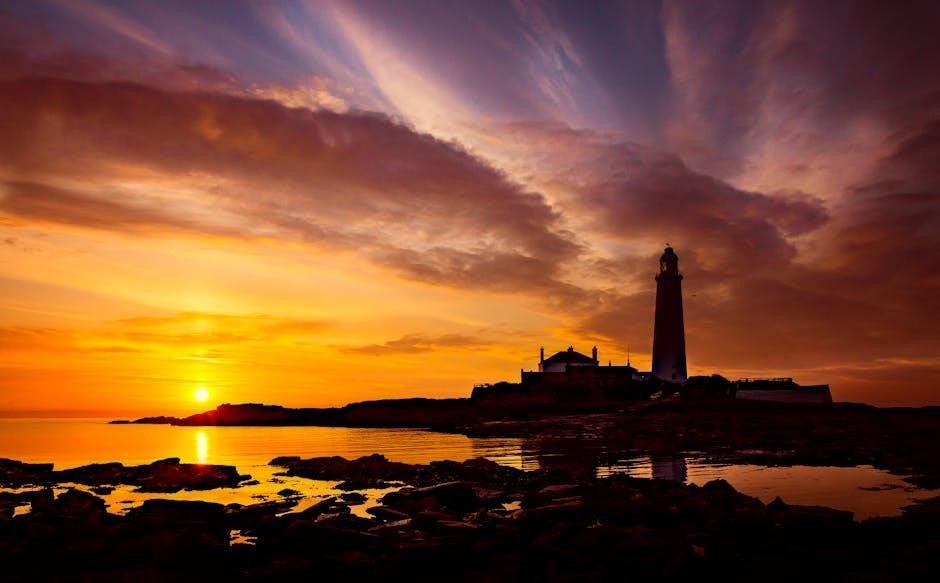
How to Avoid Crowds
To fully enjoy Maui without the hustle and bustle, consider visiting during the island’s off-peak seasons, typically spring (April–June) and fall (September–November). These periods offer a more relaxed atmosphere, allowing travelers to explore popular spots like Haleakalā National Park and Wailea Beach without the crowds. Additionally, venturing to lesser-known areas such as the North Shore or Upcountry regions can provide a more tranquil experience. Timing is key—visit beaches and attractions early in the morning or later in the afternoon to avoid the midday rush. Weekends and holidays tend to be busier, so planning activities on weekdays is advisable. For a more immersive experience, engage with local communities by attending cultural events or dining at family-owned restaurants, which are often less crowded than tourist hotspots. Respectful exploration of Maui’s hidden gems ensures a peaceful and memorable journey, allowing visitors to connect with the island’s authentic charm and natural beauty. By avoiding peak times and seeking out off-the-beaten-path destinations, travelers can experience Maui like a local, fostering a deeper appreciation for its unique culture and landscapes.
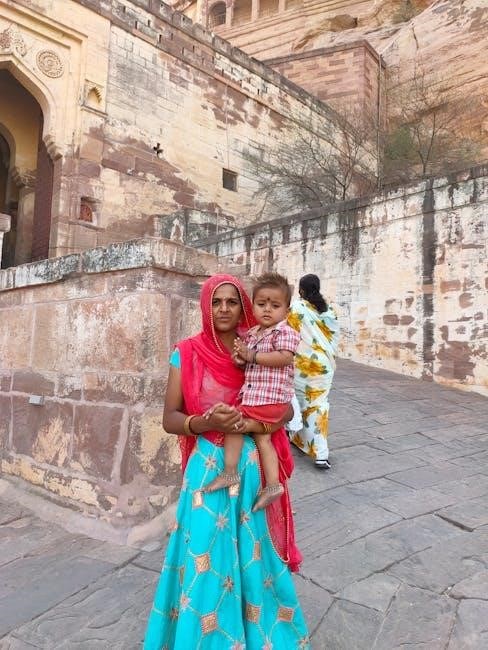
Must-See Spots in Maui
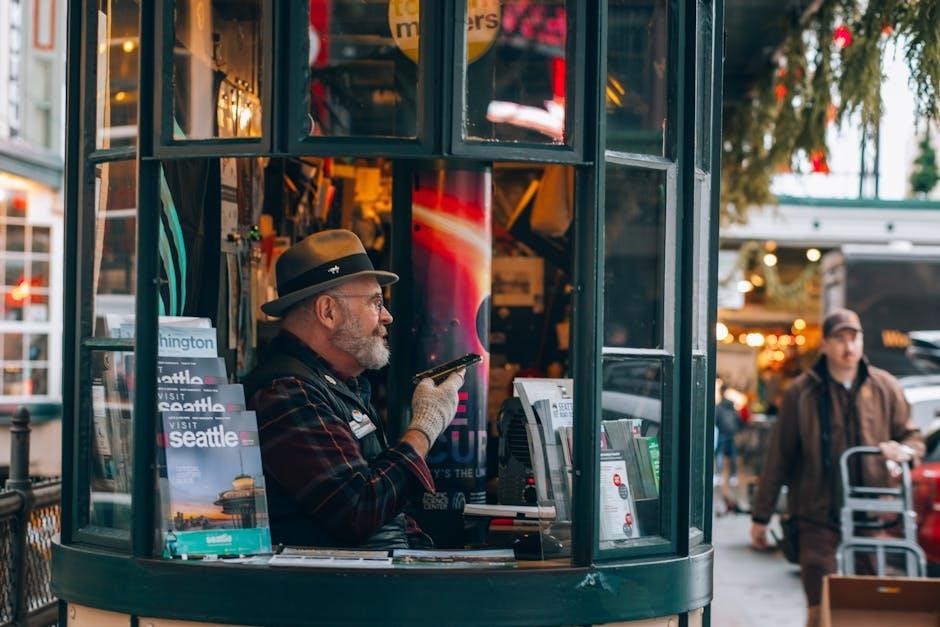
Maui is a haven of natural beauty and cultural richness. Iconic spots like Haleakalā National Park, Wailea Beach, and the Road to Hāna captivate visitors. Explore the historic town of Lahaina, snorkel at Molokini Crater, or witness the breathtaking sunrises at Haleakalā. These landmarks showcase Maui’s unique charm and diverse landscapes, offering unforgettable experiences for all.
Top Beaches in Maui
Maui is renowned for its stunning beaches, each offering a unique experience. Ka’anapali Beach, a favorite among visitors, boasts soft white sand and crystal-clear waters, perfect for swimming and snorkeling. Wailea Beach, located in the luxury resort area, is known for its calm and clear waters, ideal for families. Makena Beach, or “Big Beach,” is a local gem with its vast shoreline and picturesque views, great for sunbathing and relaxation. Hamoa Beach in Hana is a secluded paradise with black sand and lush surroundings, offering a tranquil escape.
Baldwin Beach Park on the north shore is popular for its wide stretch of sand and strong waves, making it a hotspot for surfers. Baby Beach in Spreckelsville is a protected cove with shallow waters, perfect for families with young children. Honolua Bay, a marine preserve, is a snorkeler’s paradise with vibrant marine life. These beaches, each with its own charm, provide endless opportunities to enjoy Maui’s natural beauty and create lasting memories.
Whether you’re looking for adventure, relaxation, or family-friendly spots, Maui’s beaches cater to every preference. From the bustling energy of Ka’anapali to the serene tranquility of Hamoa, there’s a beach for everyone. Be sure to respect local guidelines and preserve these beautiful locations for future generations to enjoy;
Best Nature and Scenic Spots
Maui is a haven for nature lovers, offering breathtaking landscapes and scenic vistas. One of the most iconic spots is Haleakalā National Park, where visitors can witness the mesmerizing sunrise from the summit of the dormant volcano. The park also features lush rainforests, waterfalls, and hiking trails like the Sliding Sands Trail, which immerses hikers in the stark beauty of volcanic landscapes;
The Road to Hana is another must-explore attraction, a scenic drive that winds through tropical rainforests, past cascading waterfalls, and alongside dramatic coastlines. Stops like Waianapanapa State Park, with its black sand beach, and the Seven Sacred Pools at Ohe’o Gulch, offer opportunities to connect with nature and Hawaiian culture. For adventure seekers, the Pipiwai Trail leads to the stunning 400-foot Makahiku Falls, surrounded by bamboo forests and natural pools.
The Iao Valley State Park is home to the iconic Iao Needle, a towering green rock formation, and the historic Iao Stream, where visitors can swim in natural pools. The park also provides insight into Maui’s rich history and spiritual significance. Additionally, the scenic overlooks along the Hana Highway and the rugged landscapes of the West Maui Mountains offer endless opportunities for photography and exploration.
Maui’s diverse natural beauty, from volcanic peaks to coastal paradises, makes it a destination for those seeking unforgettable outdoor experiences. Each scenic spot offers a unique way to connect with the island’s environment and culture, creating lasting memories for visitors.
Historical and Cultural Sites
Maui is rich in history and culture, offering a variety of sites that provide insight into the island’s storied past. One of the most significant historical sites is the Iao Valley State Park, home to the iconic Iao Needle, a 1,200-foot rock formation that played a pivotal role in Hawaiian history. The valley also hosts the Iao Stream and the Hawaiian Heritage Garden, where visitors can learn about ancient Hawaiian practices and traditions.
Lahaina, a historic town on Maui’s west coast, is a treasure trove of cultural and historical landmarks. The Old Lahaina Fort, built in 1832, stands as a reminder of the island’s whaling and missionary past. Nearby, the Banyan Tree Park features a massive banyan tree planted in 1873, symbolizing the town’s rich heritage. The Lahaina Heritage Trail offers a self-guided tour of these and other historic sites, providing a deeper understanding of Maui’s cultural roots.
For those interested in ancient Hawaiian spirituality, the Haleki’i and Pihana Heiau are must-visit sites. These stone temples, located near each other in the Wailuku area, were once sacred places of worship and offer a glimpse into the spiritual practices of early Hawaiians. The Bailey House Museum, also in Wailuku, is one of Maui’s oldest buildings and houses a collection of Hawaiian artifacts, artwork, and historical documents.
The Alexander & Baldwin Sugar Museum in Kahului highlights Maui’s agricultural history, particularly its sugar industry, which shaped the island’s economy for over a century. Finally, the Hui No’eau Visual Arts Center in Makawao showcases Hawaiian art and culture through exhibits and workshops, bridging the past with the present.
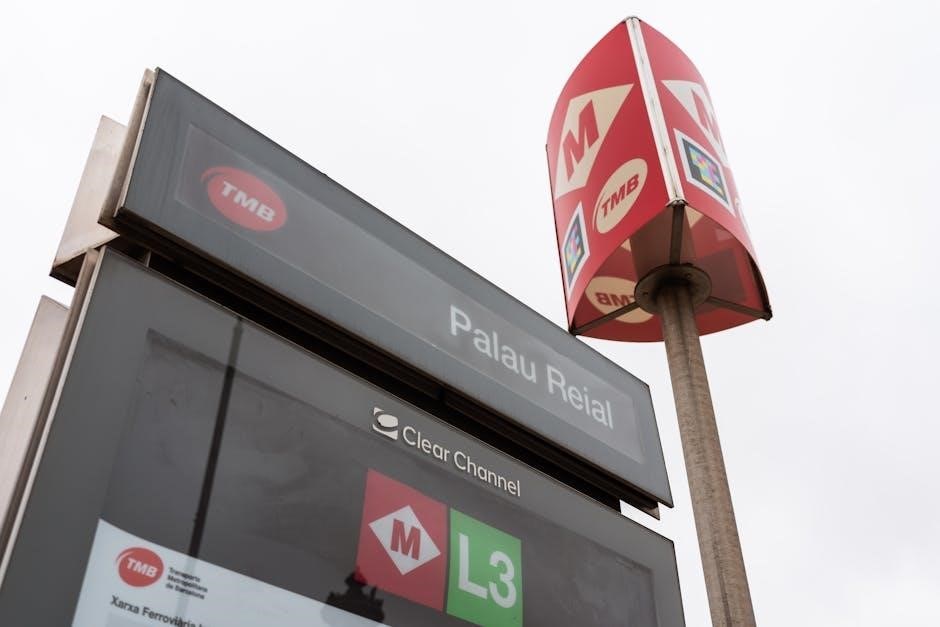
Local Cuisine and Dining
Maui’s cuisine is a vibrant fusion of Hawaiian, Asian, and American flavors, emphasizing fresh seafood, tropical fruits, and locally-grown produce. The island’s dining scene offers everything from casual food trucks to upscale restaurants, each showcasing Maui’s culinary creativity. Savor traditional dishes, farm-to-table meals, and innovative fusion cuisine in a truly unique dining experience.
Traditional Hawaiian Dishes
Hawaiian cuisine, deeply rooted in tradition and culture, offers a unique blend of flavors and techniques. On Maui, visitors can experience authentic dishes that reflect the island’s history and its melting pot of influences. One of the most iconic Hawaiian dishes is poke, a fresh, raw fish salad seasoned with soy sauce, sesame oil, and various flavorings. Another staple is laulau, a traditional dish featuring pork, beef, or chicken wrapped in taro leaves and steamed to perfection.
Kalua pig, slow-cooked in an underground oven called an imu, is a must-try. This tender, smoky meat is often served with poi, a starchy paste made from fermented taro root. For dessert, haupia, a coconut milk-based pudding, is a traditional favorite. These dishes are not only delicious but also carry cultural significance, often served at luaus and family gatherings.
Local ingredients like fresh fish, coconuts, and tropical fruits are central to Hawaiian cooking. The emphasis on sustainability and using what the land and sea provide reflects the islands’ deep connection to nature. When dining on Maui, visitors are encouraged to try these traditional dishes to fully experience the spirit of Aloha and the rich culinary heritage of Hawaii.
- Poke: Fresh, raw fish marinated in soy sauce and sesame oil.
- Laulau: Meat or fish wrapped in taro leaves and steamed.
- Kalua Pig: Slow-cooked pork in an underground oven.
- Poi: Fermented taro root paste.
- Haupia: Coconut milk dessert similar to pudding.
These dishes are not just meals but a way to connect with Hawaiian traditions and the local community.
Best Local Restaurants and Food Trucks
Maui is a food lover’s paradise, offering a wide range of dining experiences that showcase the island’s rich culinary diversity. From beachside eateries to roadside food trucks, there’s something for every taste and budget. One of the most iconic spots is Mama’s Fish House, a Paia institution renowned for its fresh seafood and traditional Hawaiian dishes. Another local favorite is Ono Seafood, a casual spot serving some of the best poke on the island.
For a truly authentic experience, don’t miss Jojo’s Shave Ice, a beloved destination for this classic Hawaiian treat. Pair it with a scoop of azuki bean or pineapple ice cream for a local twist. Food trucks are also a big part of Maui’s dining scene. Geste Shave Ice and Coconut’s Fish Cafe are popular stops, offering everything from shave ice to fresh fish tacos.
These local eateries are not just about the food—they’re about the culture and community. Many restaurants pride themselves on using locally sourced ingredients and supporting Maui’s farmers and fishermen. Whether you’re craving traditional Hawaiian dishes or modern fusion cuisine, Maui’s restaurants and food trucks promise an unforgettable dining experience.
- Mama’s Fish House: Upscale seafood with Hawaiian flair.
- Ono Seafood: Fresh, customizable poke bowls.
- Jojo’s Shave Ice: Classic Hawaiian shave ice with local twists.
- Geste Shave Ice: Creative flavors and combos.
- Coconut’s Fish Cafe: Fresh, sustainable seafood options.
Exploring these local gems is the best way to immerse yourself in Maui’s vibrant food culture and support the community.
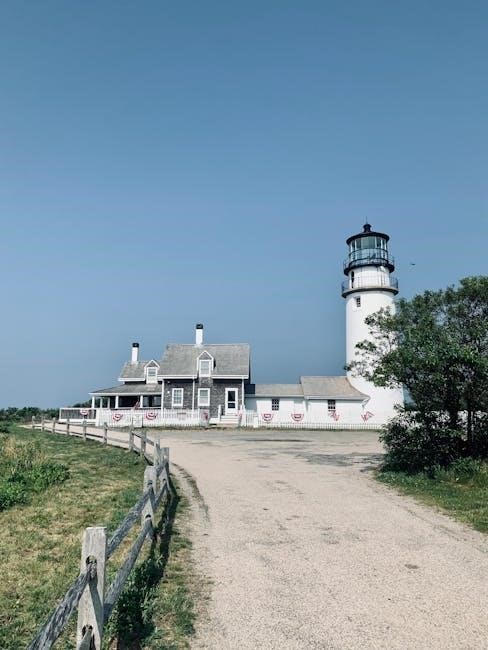
Outdoor Activities and Adventures
Maui offers endless outdoor adventures, from snorkeling at Molokini Crater to hiking through Haleakalā National Park. Surfing lessons on the south shore and zip-lining over lush rainforests are must-tries. Road biking the scenic Road to Hāna or taking a helicopter tour provides breathtaking views. Respect the land and locals for a truly enriching experience.
Top Surfing and Snorkeling Spots
Maui is a haven for water enthusiasts, offering world-class surfing and snorkeling opportunities. For snorkeling, Molokini Crater, a crescent-shaped volcanic crater, is a must-visit, with its crystal-clear waters teeming with tropical fish and vibrant coral. Honolua Bay, a marine preserve, provides a serene and protected environment for spotting colorful marine life and enjoying calm waters.
Surfing in Maui is equally thrilling, with spots catering to both beginners and experienced riders. Lahaina Breakwall is ideal for learners, offering consistent waves in a picturesque setting. For more advanced surfers, Peʻahi, known as Jaws, delivers massive waves during the winter months, making it a famous spot for big-wave surfing. Hoʻokipa Beach Park is another favorite, known for its strong winds and powerful waves, attracting surfers and kiteboarders alike.
Visitors are encouraged to respect Maui’s natural environment and local regulations when enjoying these activities. Many local guides and rental shops offer equipment and lessons, ensuring a safe and enjoyable experience. Whether you’re gliding over the waves or exploring the underwater world, Maui’s surfing and snorkeling spots promise unforgettable adventures.
Best Hiking Trails in Maui
Maui offers some of the most breathtaking hiking trails in Hawaii, catering to both novice and experienced hikers. One of the most iconic trails is the Haleakalā National Park’s Sliding Sands Trail, which takes you through a surreal landscape of cinder cones and volcanic rock. The trail’s unique terrain and stunning vistas make it a must-visit for outdoor enthusiasts.
Another standout is the Waimoku Falls Trail, located along the Pipiwai Trail. This 4-mile hike leads you through lush rainforests, past waterfalls, and to the 400-foot Waimoku Falls. The trail’s diverse scenery and moderate difficulty make it a favorite among locals and visitors alike. For those seeking a shorter yet equally rewarding experience, the Waianapanapa State Park offers trails that wind through black sand beaches and ancient lava tubes.
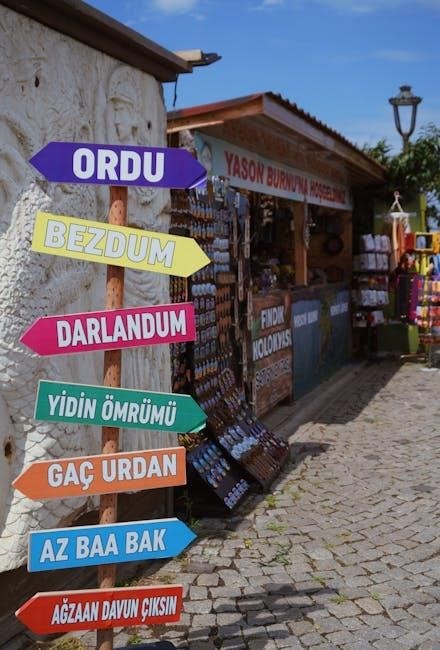
The Road to Hana is not just a drive but also a hiker’s paradise, with numerous trails along the way. These include waterfalls, bamboo forests, and coastal cliffs, offering endless opportunities to connect with nature. When hiking in Maui, it’s essential to respect the land, bring plenty of water, and wear appropriate footwear. Early mornings are the best time to hike, as the weather is cooler and crowds are smaller. Whether you’re chasing waterfalls or exploring volcanic landscapes, Maui’s trails promise unforgettable adventures.
